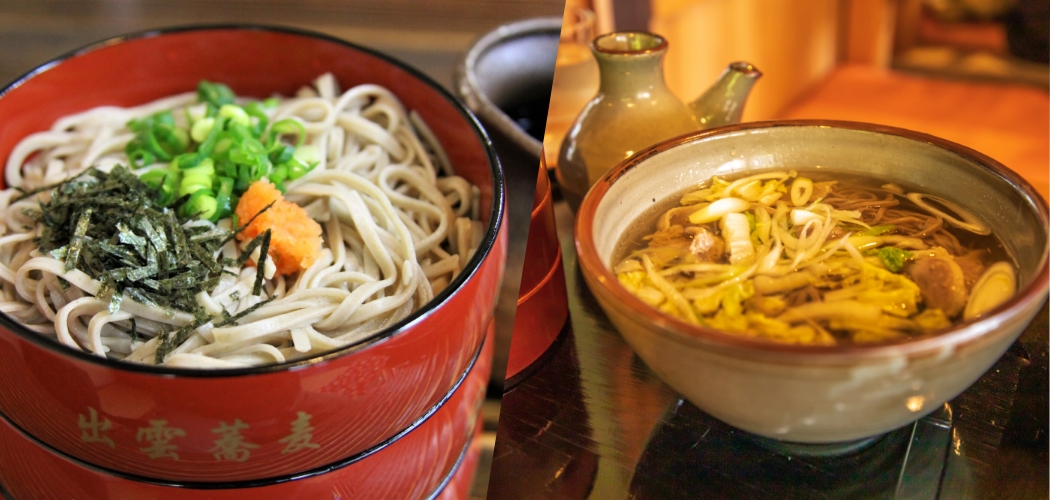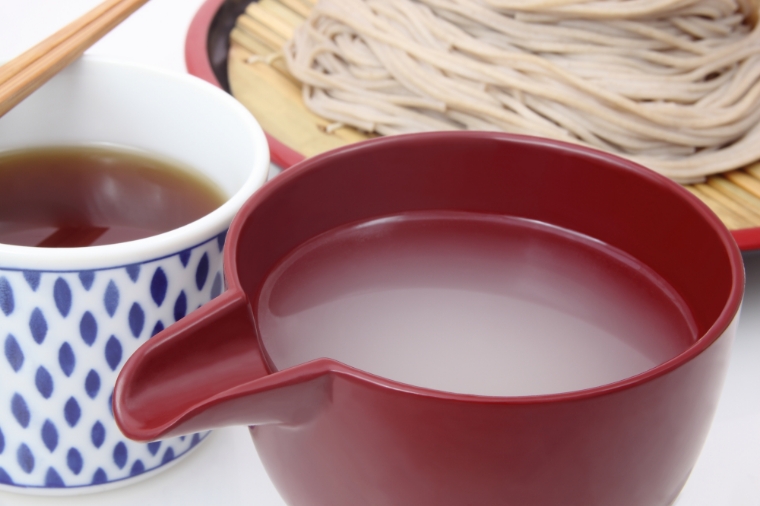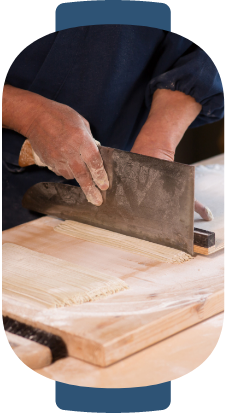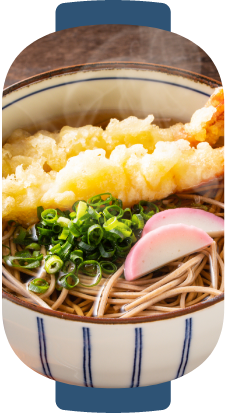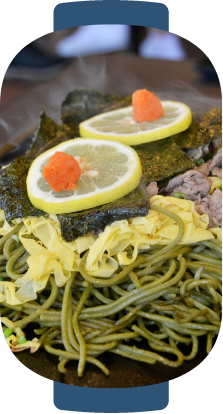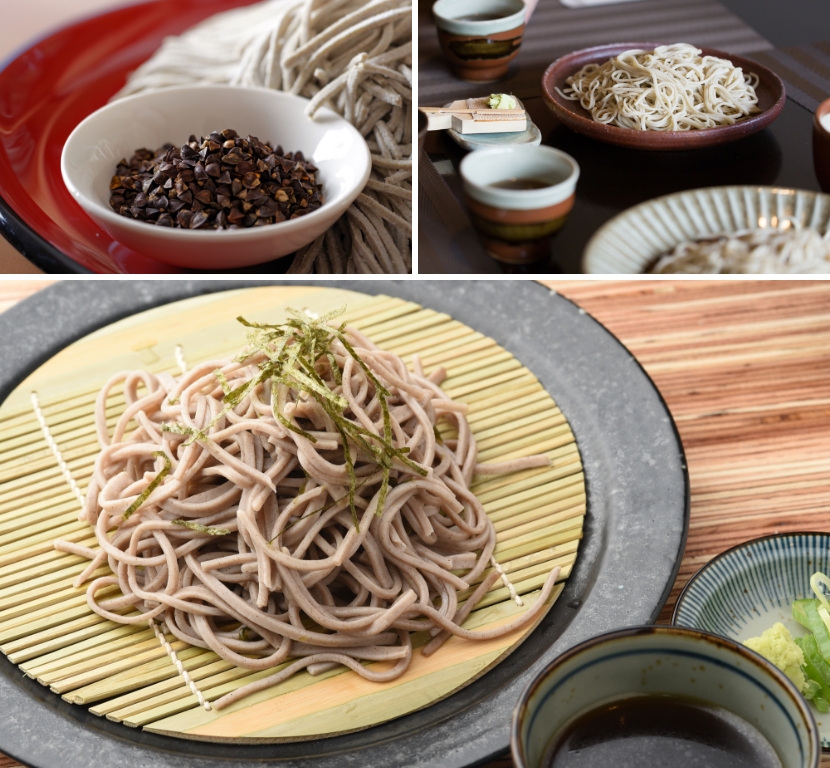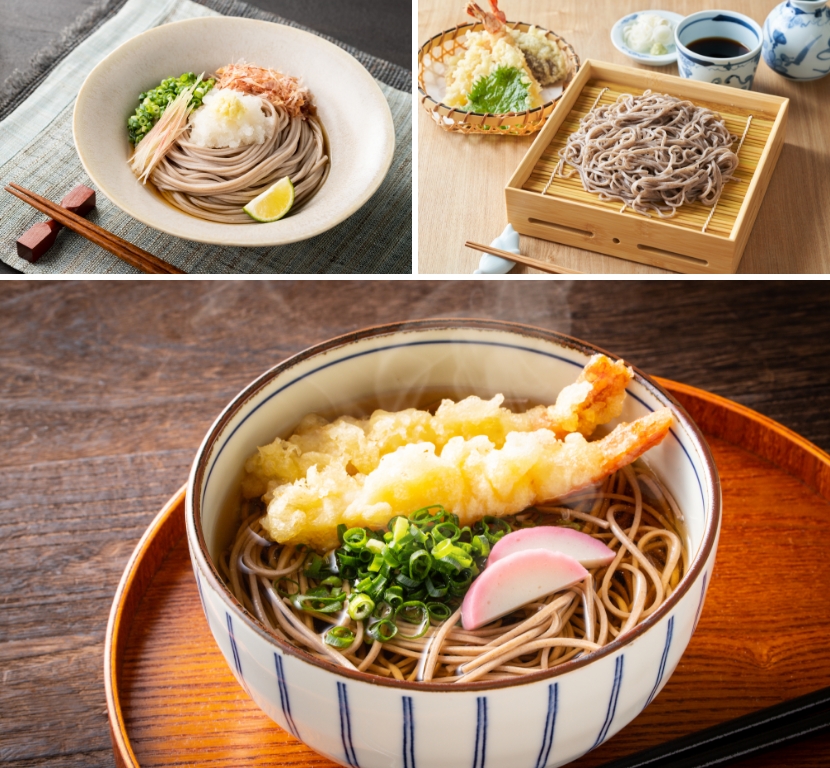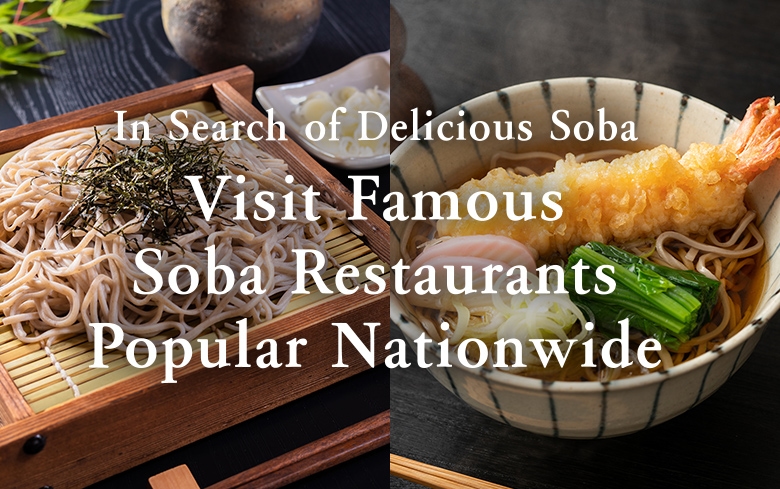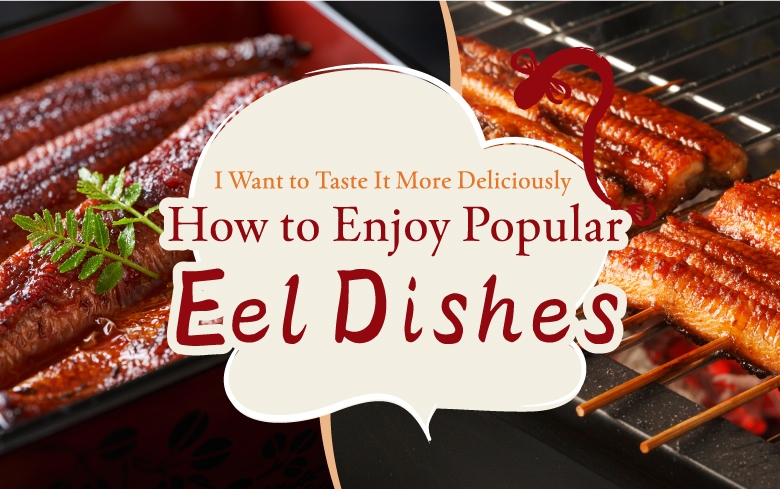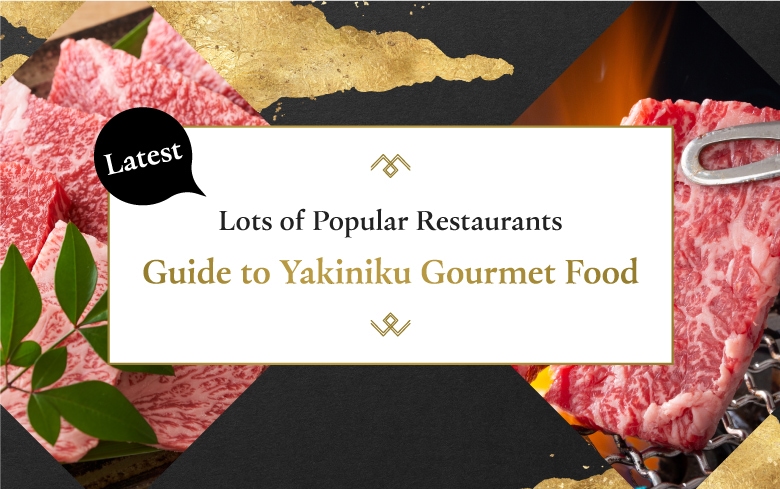Located approximately a 12-minute walk from JR Fukuchiyama Station, this long-established Japanese restaurant has been in business for about 100 years. Since its founding, "Kakisue Hinoki" has been delivering high-quality oysters directly from producers in Hiroshima Prefecture every morning. From November to May, the restaurant operates as "Kakisue", where customers can enjoy a wide variety of oyster dishes such as "Karatsuki Namakaki Lemon Zoe (fresh oysters in the shell with lemon)", "Dote Nabe", "Kaki Fry (fried oysters)" and "Kakimeshi (oyster rice)". From June to October, the restaurant's name changes to "Hinoki", where the main dishes are "awara soba" and "kaiseki cuisine (focuses on a banquet-style with alcohol)." The restaurant, which serves oyster dishes, is a relocated oyster boat from Hiroshima Prefecture and is equipped with table seating, sunken kotatsu seating, and private rooms, making it suitable for a wide range of customers, from individuals to groups.








